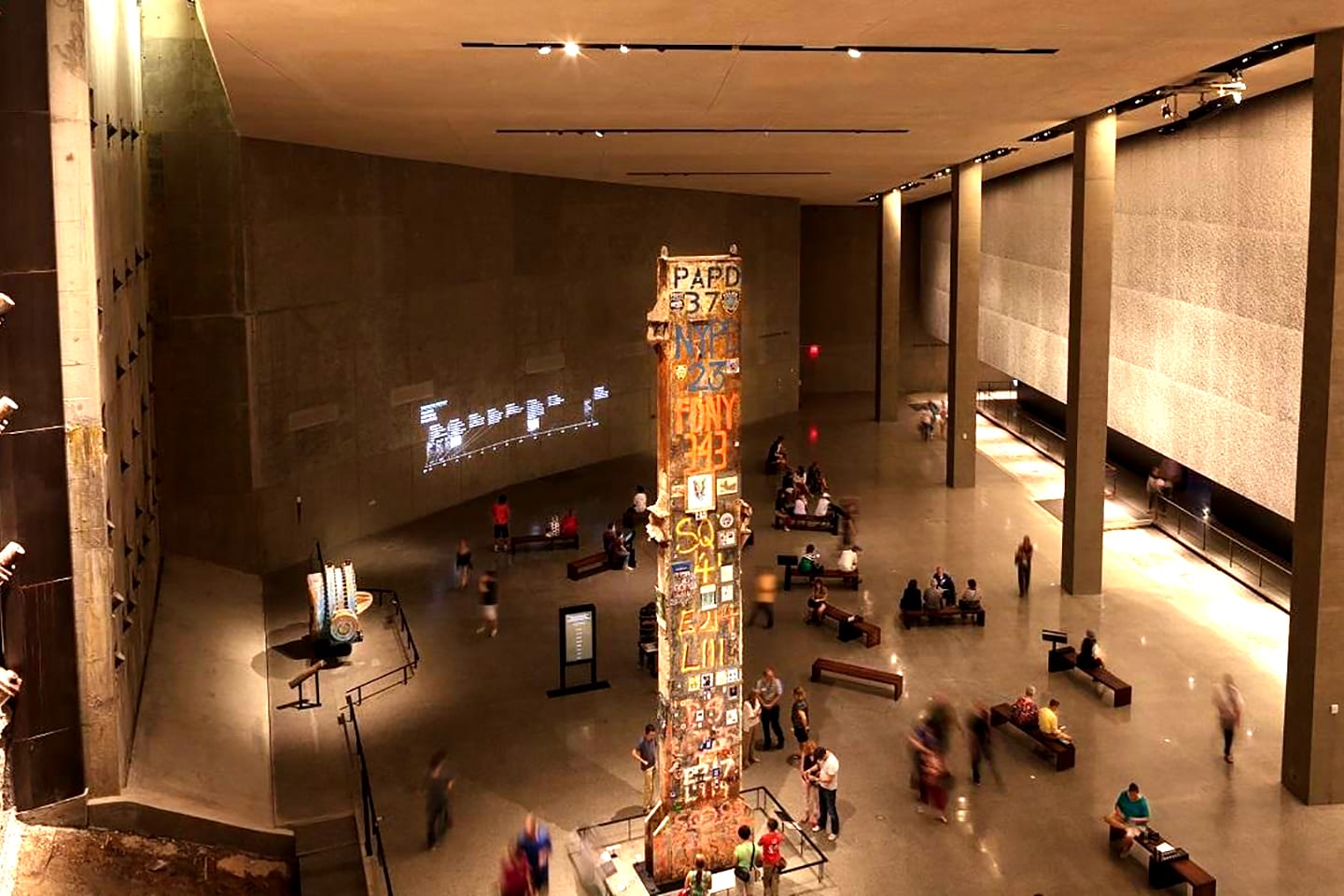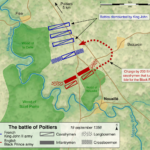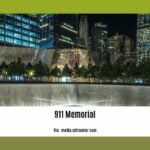Get ready for a powerful journey into the heart of history. Join award-winning photographer and official Ground Zero photographer, Gary Marlon Suson, at the 9/11 Museum Workshop for an intimate experience exploring the untold stories of resilience and loss in the aftermath of 9/11. Through guided tours, poignant photographs, and firsthand accounts, you’ll gain a deeper understanding of the human emotions that unfolded in the wake of this tragedy. This immersive experience, recognized as a TripAdvisor Top 25 Museum in the USA, will leave an enduring impact.
Experience 9/11 Through the Lens of Recovery
The 9/11 Museum Workshop offers a unique lens through which to view the aftermath of 9/11. Unlike the broader 9/11 Memorial & Museum, this workshop focuses specifically on the recovery period, providing a more personal and intimate exploration of the human spirit’s resilience. Led by Gary Marlon Suson, who documented Ground Zero’s transformation, this experience presents a perspective you won’t find anywhere else.
Imagine walking through a space filled with powerful photographs, not just of the devastation, but of the people who rebuilt, the first responders, the volunteers—everyday New Yorkers who came together in extraordinary ways. Suson’s firsthand accounts breathe life into these images, offering a profound connection to the human experiences behind the headlines.
This isn’t simply a recitation of facts; it’s an emotional journey. You may find yourself reflecting on your own experiences and feelings related to 9/11. The interactive nature of the workshop, encouraging questions and discussions, creates a truly immersive experience.
Beyond the Memorial: A Hands-On Exploration
While the 9/11 Memorial & Museum provides a comprehensive overview of the events of 9/11, the 9/11 Museum Workshop at 420 West 14th Street (between 9th Ave. and Washington Street), New York, NY 10014, focuses intently on the aftermath.
| Feature | 9/11 Memorial & Museum | 9/11 Museum Workshop |
|---|---|---|
| Focus | Broad overview of 9/11 | Aftermath and recovery period |
| Scale | Large-scale museum | Smaller, more intimate workshop |
| Perspective | Multiple perspectives | Primarily through Gary Marlon Suson’s lens |
| Experience | Primarily visual and auditory | Interactive, hands-on, personal narratives |
Educational Opportunities and Future Research
The workshop provides a valuable educational opportunity, particularly for students and families. It offers a relatable, human-centered understanding of the events, fostering discussions about resilience and community. Ongoing research may further illuminate the long-term impacts of 9/11, informing future iterations of the workshop and deepening our collective understanding.
Planning Your Visit: A Guide to the 9/11 Museum
Planning a visit to the 9/11 Museum requires careful consideration. A quick trip won’t allow for the emotional processing and reflection this experience often evokes. Two to three hours is probably a good starting point, but some may need more time.
| Visit Length | Experience Type | Recommendation |
|---|---|---|
| ~1 hour | Quick overview | For time-constrained visitors |
| 2-3 hours | Thorough exploration | Recommended for most visitors |
| 3+ hours | Deep dive; reflective experience | For those deeply interested; repeat visitors |
Consider your learning style and the needs of your group. The 9/11 Memorial & Museum website offers resources to help prepare for your visit, including a preview of exhibitions. Remember, the 9/11 Memorial is free and open to the public. Many visitors choose to experience both, so allocating extra time is wise. Visiting the California Mission San Francisco de Asis provides a different kind of historical reflection.
Purchasing tickets online beforehand, especially during peak season, can save valuable time waiting in line. Guided tours, while adding to the time commitment, provide a structured learning experience. Some research suggests that museum visits can have both positive and negative emotional effects, so self-care after your visit is important. Everyone processes grief and trauma differently, so allow yourself to experience whatever emotions arise.
Is the 9/11 Museum Worth Visiting?
The 9/11 Memorial & Museum is not a typical museum. It’s a deeply emotional experience that confronts visitors with the realities of loss and human resilience. The wreckage, photographs, videos, and survivor testimonies offer a powerful connection to the events. Some exhibits may be challenging, so be prepared for the emotional weight of the content.
The museum offers a profound opportunity for personal reflection. It explores the historical context of the attacks, prompting broader questions about resilience and the human spirit. Researchers continue to study the long-term effects of 9/11, and the museum serves as a focal point for these ongoing discussions.
| Factor | Description |
|---|---|
| Emotional Impact | The content is emotionally challenging. |
| Historical Significance | Presents a detailed account of a pivotal event. |
| Personal Reflection | Encourages self-reflection and consideration of the event’s impact. |
| Time Commitment | Plan several hours for a thorough visit. |
| Sensitivity to Graphic Content | Be aware that some exhibits contain graphic images and sounds. |
The decision to visit is deeply personal. If you’re seeking a superficial experience, this isn’t it. But for those prepared for a powerful, thought-provoking journey, the 9/11 Memorial & Museum can be profoundly meaningful.
The Slurry Wall: A Symbol of Resilience
Deep within the 9/11 Museum stands the Slurry Wall, a surviving section of the original World Trade Center foundation. Originally designed to hold back the Hudson River, this massive structure remarkably withstood the collapse of the Twin Towers.
The Slurry Wall is now a key part of Foundation Hall. As you stand before it, the scale of the tragedy becomes palpable. The scars and damage are visible reminders of the forces it withstood. It’s a powerful symbol of resilience, a testament to human ingenuity, and a poignant reminder of a day that changed the world.
| Feature | Description |
|---|---|
| Original Purpose | Part of the WTC foundation, a retaining wall against the Hudson River. |
| Significance | Survived the attacks, embodying resilience and strength. |
| Current Location | Central feature of the museum’s Foundation Hall. |
Our understanding of 9/11 continues to evolve. The Slurry Wall’s symbolic meaning likely resonates differently with each individual who encounters it. While “Bloodlands” [https://www.lolaapp.com/bloodlands-book] explores a different historical tragedy, both experiences underscore the importance of remembering and learning from the past. The 9/11 Museum encourages visitors to explore these perspectives and reflect on their own experiences.
- Unveiling the Enigma: Mansoureh Khojasteh Bagherzadeh’s Public Appearances & Private Life in Iran - July 18, 2025
- Unveiling the Mystery: Mansoureh Khojasteh Bagherzadeh’s Husband: A Rare Glimpse into a Private Life - July 18, 2025
- Unveiling Masoud Khamenei’s Mother: Power, Influence, and Iran’s Future - July 18, 2025
















